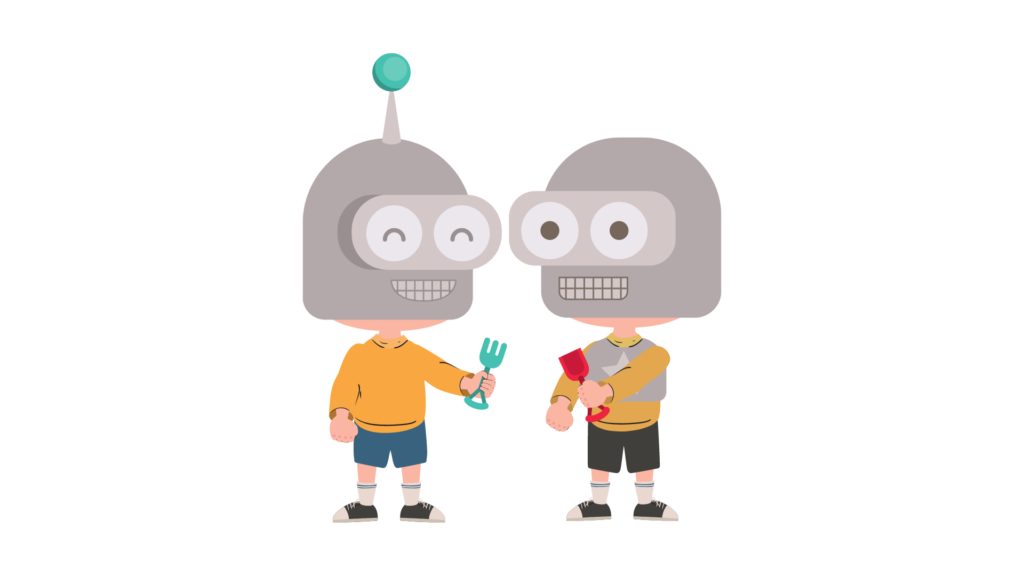
The field of robotics has witnessed unprecedented growth, weaving itself into the fabric of daily life and revolutionizing industries across the globe. As we stand on the cusp of technological advancements, robotics continues to push the boundaries of possibility. This blog explores the future of robotics, delving into emerging trends, innovations, and the transformative impact they promise for our world.

The fusion of robotics with artificial intelligence (AI) heralds a new era of autonomous machines capable of making decisions and learning from their environment. Future robotics will see enhanced AI integration, enabling robots to navigate complex scenarios with greater independence and efficiency. From self-driving cars to intelligent drones, the synergy between robotics and AI will drive advancements in autonomy, opening up possibilities for applications in transportation, agriculture, and beyond. This evolution will not only improve the operational capabilities of robots but also enable them to perform tasks with minimal human intervention, making them invaluable partners in various sectors.

The future of robotics lies not in replacing humans but in augmenting human capabilities through collaboration. Collaborative robots, or cobots, are designed to work alongside humans, enhancing productivity and safety in the workplace. With advancements in sensor technology and machine learning, cobots will become more intuitive and adaptable, capable of learning from and responding to human actions. Industries such as manufacturing, healthcare, and service will increasingly adopt cobots, benefiting from their ability to assist with repetitive or hazardous tasks while allowing humans to focus on more complex or creative work.

The miniaturization of robotics technology opens up a realm of possibilities for applications in medicine, surveillance, and environmental monitoring. Future advancements will enable the development of tiny robots capable of navigating spaces inaccessible to larger machines. Coupled with swarm robotics, where groups of robots work collectively to achieve a common goal, miniaturization will revolutionize tasks such as targeted drug delivery, disaster response, and precision agriculture. This approach, inspired by the collective behavior of natural swarms, will allow for efficient, scalable solutions to complex problems.

As robots become more ingrained in daily life, enhancing human-robot interaction (HRI) will be crucial. Future robotics will prioritize the development of robots with advanced communication capabilities, emotional intelligence, and the ability to understand and adapt to human social cues. This will facilitate smoother, more natural interactions between humans and robots, making them more accessible and enjoyable to work with. Innovations in HRI will have profound implications for education, elderly care, and personal assistance, where robots can offer companionship and support.

The future of robotics promises a landscape where intelligent, autonomous machines work in harmony with humans, augmenting our capabilities and transforming industries. As we navigate this exciting frontier, the potential for innovation and positive impact is boundless, heralding a new chapter in the story of human progress.
